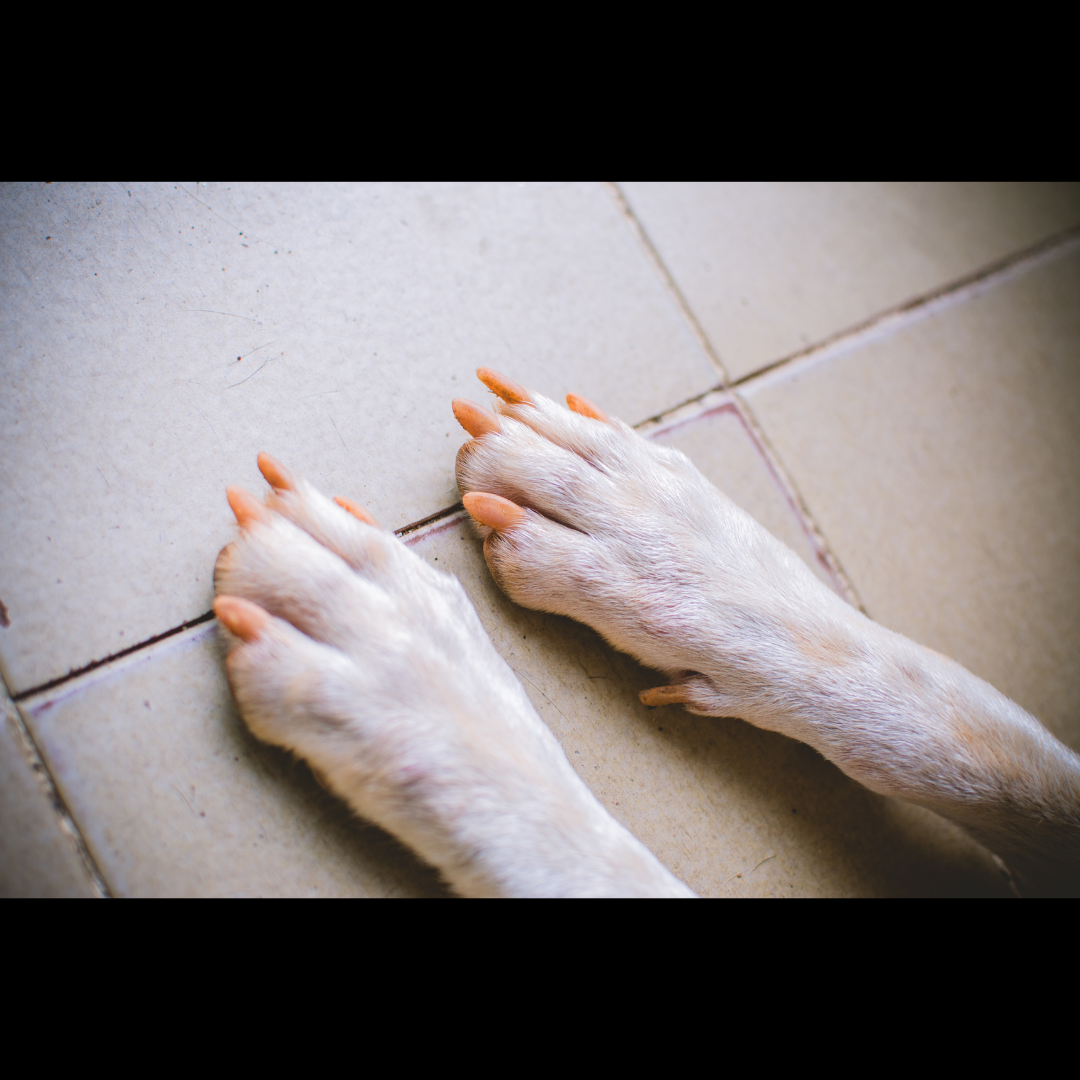
Dog Obesity: A Comprehensive Overview
Dog obesity is a common health issue that affects many dogs worldwide.
It is a condition characterized by an excess accumulation of body fat, which can lead to numerous health problems and a decreased quality of life12.
Symptoms
The symptoms of obesity in dogs are often noticeable and include1:
- Weight gain: This is the most obvious sign. An obese dog will weigh more than its ideal body weight.
- No or little visible waistline: Dogs at a healthy weight have a noticeable waist. Obese dogs often lack this definition.
- Excess body fat: This is particularly noticeable around the abdomen.
- Lack of mobility: Obese dogs may be less willing or able to exercise.
- Difficulty breathing: Excess fat can put pressure on the dog’s respiratory system, making it harder for them to breathe.
Causes
Several factors contribute to obesity in dogs12:
- Overfeeding: Feeding more than the pet will expend in exercise can lead to weight gain. This includes table scraps, high-fat foods, and frequent treats.
- Lack of exercise: Dogs that don’t get enough physical activity are at a higher risk of becoming obese.
- Age and breed: Dogs over five years of age and certain breeds are more prone to obesity.
- Neutering/Spaying: These procedures can decrease energy expenditure and increase hunger.
- Underlying diseases: Conditions like hypothyroidism and hyperadrenocorticism can contribute to weight gain.
Effects
Obesity in dogs can lead to a range of health problems234:
- Decreased lifespan: Obesity can shorten a dog’s life by up to two years.
- Increased risk of diseases: These include arthritis, diabetes, heart disease, high blood pressure, and even cancer.
- Joint problems: The excess weight puts additional strain on the dog’s joints, leading to conditions like osteoarthritis.
- Breathing difficulties: The extra fat can cause respiratory problems and make it harder for the dog to breathe.
Treatments
The treatment of obesity in dogs usually involves a combination of dietary changes and increased physical activity15:
- Dietary changes: This includes feeding the dog a balanced and controlled diet, reducing treats and table scraps.
- Increased exercise: Regular physical activity can help burn off excess calories and keep the dog’s weight in check.
- Veterinary guidance: It’s important to consult with a veterinarian for a tailored diet plan and guidance on managing underlying health conditions.
In conclusion, dog obesity is a serious health issue that requires attention and action.
By understanding its symptoms, causes, effects, and treatments, we can help our furry friends lead healthier and happier lives.
Remember, prevention is always better than cure. So, let’s start taking steps today to ensure our dogs maintain a healthy weight! 🐾
Love you canine companion more and show affection creatively.
Visit our shop for our awesome pet inspired graphic t-shirt collection wear it proudly and let the world know just how much your furry friend means to you.
Disclaimer: This article is intended for informational purposes only. It is not meant to substitute for medical advice or diagnosis provided by your veterinarian. If your dog shows symptoms, please consult your veterinarian immediately.



Leave a comment
This site is protected by hCaptcha and the hCaptcha Privacy Policy and Terms of Service apply.